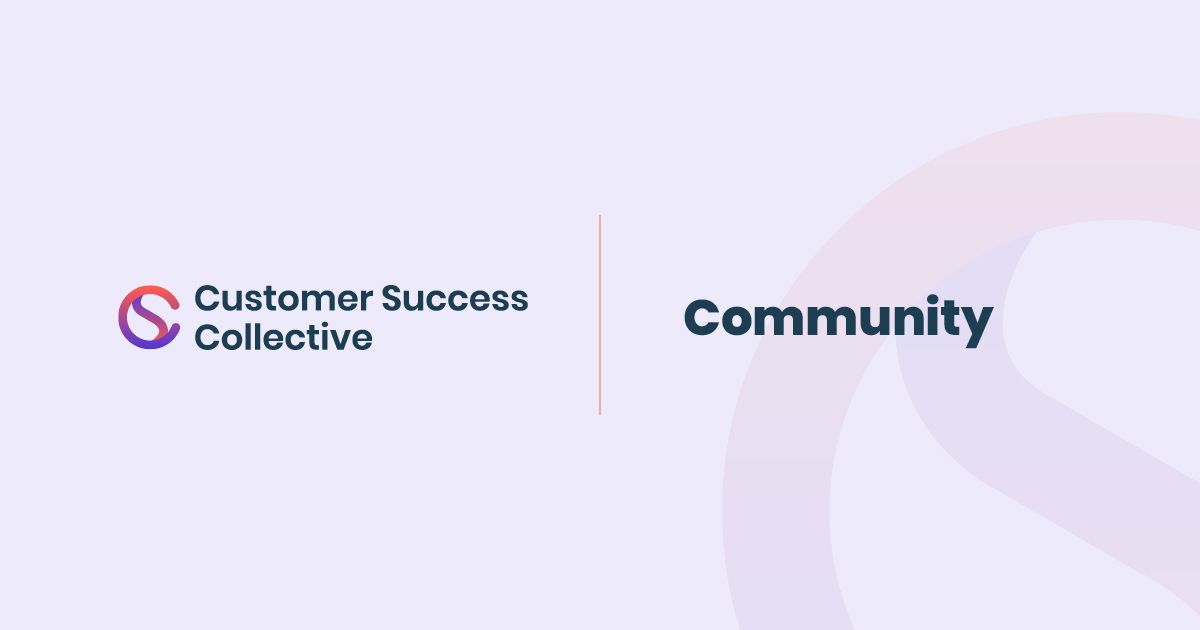As you probably know by now, retaining customers is much more cost-effective and valuable to a B2B brand than acquiring new ones, in fact, five times more cost-effective. You’re much more likely to make a sale to an existing customer, they’ll spend on average 31% more on your brand while being 51% more likely to try out any new products you release.
There are so many benefits to keeping your customers around, and doing so through retention marketing strategies, that we could fill a whole article (and what do you know, you can find it right here).
In this article, we’re going to take a look at the frameworks and strategies for retention marketing that will allow you to keep your customers happy and thrilled to be involved with your B2B brand.
We’ve previously dived into some specific tactics for improving your customer retention:
- 5 simple strategies to drive your customer retention
- What content works for boosting your customer retention?
- What it means to have a high customer retention rate
- How to boost your customer retention with social media
However, this time around, we’re going to take a step back and look at two major frameworks for retention marketing: one which is proactive, that keeps your customers happy enough that they won’t even think about leaving you, and one which is reactive, for when worse comes to worst and you need to keep hold of customers who are thinking of leaving you.
Now one of the golden rules of any kind of marketing is that you should always aim to be proactive, and it’s no different when it comes to retention marketing. It’s best to give your customers no cause to leave you so that any doubts about continuing to do business with you never enter their minds. Having said that, it’s always good to have a contingency plan in place that you can put into action if you get an inkling that your customers are in danger of going elsewhere.
To start with, let’s take a look at the proactive framework.
Proactive: keeping your customers happy
If your customers are happy, then they’re unlikely to go elsewhere, simple enough. Now the best way to do this from a company perspective would be to provide top-notch products/services at a low price exactly when they need them. Sadly, as a marketer, there’s not much you can do from that perspective, since they would be the responsibility of your product, sales, and operations departments, respectively.
So what can marketers do to increase customer happiness?
Help your customers make the most of your products through content
Content is often seen as a means of acquiring new leads and improving your SEO, but it can play a valuable role in retaining your customers.
You should be producing content that tells your customers how to get the most out of the products they’ve purchased from you. Work closely with your customer success and support teams to get insights into the types of content you should be putting together.
These best practice guides can be used to help them integrate your products into their systems (whether physical or digital), highlight features that can help them, and tackle common issues. This will reduce the need for your customers to have to contact your customer support teams, except only in the direst circumstances.
Not only will your customers be able to make better use of your products with your help, but your customer support team will also be able to devote more time and resources to resolving major issues since they won’t be preoccupied with large numbers of minor issues. And with 68% of B2B customers ceasing business with a company after just one instance of poor customer service, you want to give your customer support team as much help as you can!
Frequently engage with your customers
68% of customers will go elsewhere if they feel the company they’re buying from doesn’t care about their business. And the easiest way for them to feel uncared for is by not speaking to them.
Now we’re not saying you should be constantly calling them up to ask “how you doin’?” But staying in contact through your marketing channels will make them feel valued. The two principal methods for this would be via email and social media.
You can use email to send highly personalized marketing messages, highlighting products and services that would be useful to them on top of what they’re already purchasing.
But you don’t just have to try and sell them things, email can be useful for distributing customer feedback surveys. Not only can this show how you can improve your products, and act as research on potential new offerings, it shows your customers that you value their thoughts and opinions.
Social media can be used in a similar way, but it becomes more of a two-way street. Engaging with your customers’ social media posts and celebrating their wins can go a long way to showing them how valuable they are to you.
Events can be a valuable resource in maintaining relationships with your customers. Whether physical or digital, sending personalized invitations when the event is relevant to them shows you have an understanding of their needs. These could be webinars/seminars, product demonstrations and launches, and more.
But they don’t just have to be events related to your products. Inviting key customers to more “fun” events can be valuable in maintaining good relations. For example, if you’re having an event to celebrate reaching a key milestone, or anniversary, inviting the customers who have helped you reach that point will show them how valuable they are. Furthermore, if they enjoy themselves enough, it gives them an extra incentive to stick with you. After all, they’ll miss out on the fun if they aren’t your customers anymore!
So there are your proactive strategies, now let’s take a look at the reactive frameworks.
Reactive: make your customers rethink leaving you
Inevitably, at some point, you’re going to have customers that are seriously thinking about leaving you. It happens.
But you don’t have to let them go without a fight!
Having a system in place to re-engage with your customers that are thinking about straying, or even to coax them back can be an effective way of reducing churn and retaining customers.
Find out why they’re leaving
Step one should be to find out why they’re leaving. Speak to whoever handles their account in both your sales and customer support departments. Analyze sales data on their prior purchases, or even usage data if yours is a digital product. Best of all, ask the straying customer themselves!
This could be a customer feedback form or even an actual conversation.
After all, you can’t know what to fix if you don’t know what’s wrong!
Show that you’re taking their feedback onboard
It’s likely that there are certain reasons for leaving that you can’t tackle when it comes to marketing. Things like price points, product quality, and operations are beyond your control. However, you can find ways to show that you’re taking their feedback onboard.
You can produce content that shows a timeline for when certain issues could be resolved. This will give customers an incentive to stick around just a little bit longer, giving you more time to resolve the issues they were facing.
You can co-ordinate with sales to develop special offers to act as incentives to stay with you. This will show that you’re flexible and that you value their business.
If their reason for leaving is that they believe one of your rivals has better offers, you can produce content that highlights your advantages over them. This doesn’t have to be something so obvious as a direct comparison, just highlight things that you do and provide that your competitors don’t.
Let them go with a kind word
If despite your best efforts the customer still wants to end doing business with you, you should aim to make it as amicable as possible.
Think of it like when one of your employees moves onto a new role. If you ever want to employ them again, you want to treat them well and make them feel like they’d want to come back. It’s the same with customers.
Thank them sincerely for their business, and highlight the successes you’ve both enjoyed while working together.
Leave the door open for their return because you’ll want to…
Check up on your exes
Unlike the dating world, it can be valuable to stay in touch with your exes when it comes to regaining customers.
Stay connected with them on social media, and it’s likely they’ll stay in touch with you. If you engage with their posts, they’ll likely stay engaged with yours and see how successful you are.
If you have their permission, you can send them regular emails highlighting new products, services, or special offers.
However, make sure you aren’t doing these kinds of activities to the detriment of your attempts to retain the customers you actually have, or acquire new customers.
Final thoughts
As we said earlier, it’s always better to be proactive, rather than reactive when it comes to your retention marketing efforts. If your customers are happy enough with your proactive retention marketing efforts, you (hopefully) shouldn’t need to go into reactive mode too often!
Got questions on retention? Got some great advice on how marketing can drive retention? Share with the CSC Community!

Level up your retention strategy
Customer Retention Certified: Masters is an elite course that will take you on a curiosity voyage. You'll learn the theory of customer retention and discover the best metrics to use, as well as get access to industry-leading frameworks and fireside chats with industry leaders. 🔥
At the end of this course, you'll be able to go back to your team and execute successful customer retention strategies of your own.
What you can expect from Customer Retention Certified: Masters
👩🏼🏫 5 insightful modules that cover the breadth of enablement metrics
✅ 40+ exam questions sprinkled throughout every module to test your uptake.
⏰ 3 hours of content, including bonus material, crammed with expert insights.
🔖 Official certification to boost your resume and grow your career.



 Follow us on LinkedIn
Follow us on LinkedIn






